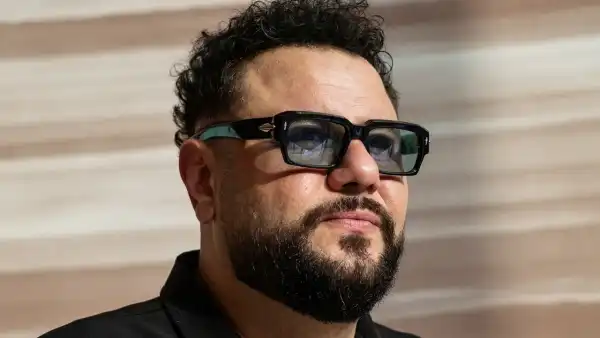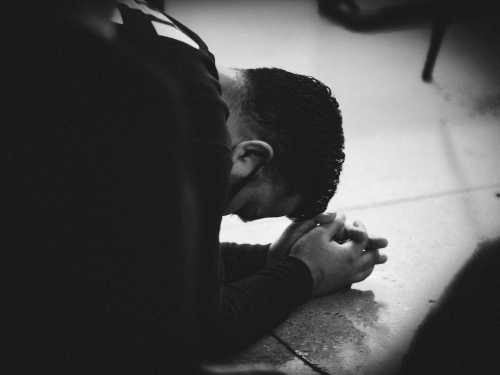
In recent results from the National Assessment for Educational Progress, “The Nation’s Report Card,” students across the nation exhibited a significant decline in learning in all subject areas. On average, from 2020 to 2022, students dropped 5 points in reading and 7 points in math, effectively erasing all learning progress that had happened over the past 30 years.
Obviously, the main reason for this drop has been the disruption of school closures and the implementation of remote learning. As many of us predicted, remote learning did little to nothing for most students, and it likely made students even more attached to their screens.
Advertisement
Moreover, as the report notes, and as Chris Jacobs of Juniper Research Group discussed in a recent essay, students who showed the largest drop in performance were already struggling students, many of whom lacked the resources and support to successfully learn at home. Whatever else might be said about efforts to implement equity in the classroom was clearly not demonstrated in the ways public schools responded to Covid.
However, the big question that comes with this news now is how schools will respond going forward. What will they do to close the achievement gap? Will they finally dispense with remote learning? How will they recover from the learning loss?
Like Jacobs and many others, I believe expanding school choice is the best way forward in this situation. If parents had a choice where to send their students, schools would be incentivized to better serve all students. Instead of the one-size-fits-all mentality that predominates most campuses, all schools would be competing with one another and tailor their instruction to meet the needs of their students. Doing otherwise and insisting on a failed formula would lead to a drop in enrollment.
Unfortunately, transitioning to a school choice model in most states is still an unlikely option. It will be the educators in public schools, not parents, deciding how to handle the Covid learning loss and widening achievement gap. And rather than seek out approaches that decentralize school authority, increase rigor, and differentiate instruction, they will almost certainly double-down on the very approaches that have brought about this problem in the first place.
If my experience as a public-school teacher is any guide, public educators will blame everyone but themselves—Covid, the test, poverty, and the lack of funding. This was the central argument of a book on this issue, The Stolen Year by NPR education correspondent Anya Kamenetz. Even though her book was on the consequences of Covid and how children needlessly suffered from being out of the classroom, Kamenetz could only blame Donald Trump, Betsy DeVos, advocates for school choice, and conservatives in general, for all of it. As for solutions, she had none. The same is true for her ideological counterparts who work in education.
Advertisement
If educators ever make it past the excuses phase (usually if parents or politicians complain), most of them will double-down on failed policies. Because most of them are leftists, any report of disparate outcomes or generally mediocre performance will be chalked up to systemic inequity. In practical terms, they will come after the programs that worked and blame them for the poor outcomes of kids who aren’t in those programs. Already, they are busy attacking GT and advanced programs and objective grading systems for this very reason.
In true Marxist fashion, they want to flatten the academic hierarchy through a redistribution of learning. They hate the idea of separating students of differing abilities in advanced and on-level classes (i.e., tracking). They believe that smart kids who work hard and learn faster should slow down for the sake of their weaker classmates.
In their minds, this is what it means to serve each student according to his need: giving the same instruction to all students and forcing equal results. But just as Marxist systems only make everyone poorer, a school that removes tracking tends to make all students dumber. Stronger students will coast and never achieve their potential while weaker students stay the same. For most of the kids, the incentive to achieve isn’t there since the work is easy and useless.
It is important to push back directly against this. In the long-term, yes, school choice is the best option, but in the short-term, some compromise must be made so that public school educators are required to maintain the current instructional tracks for advanced and on-level students as well as consider adding a remedial track.
As it stands, most students with serious academic struggles are grouped in with the on-level classes. Often their struggle is a mix of both effort and ability. Usually, it is a vicious cycle. Early struggles cause them give up, which causes them to struggle even more, which further demotivates them. By the time they reach high school, they are often years behind their peers in their knowledge and skills.
Naturally, the presence of even a few of these students easily drags down a whole class. And so teachers will lower their standards to accommodate these students and keep their failure rate down, making the class easy to pass for everyone. Also too common are the disturbance caused by these kids, who respond to their personal failure by acting out, bothering more successful students, and diverting the teacher from teaching.
Subscribe Today Get weekly emails in your inbox Email Address:
In order to save the on-level classes, as well as serve those struggling students—the very ones that are suffering most from the Covid learning loss—schools should build out a remedial track. Not only would this offer a space for struggling students to receive the attention they need, but it would be a strong incentive for everyone else to stay on pace. No longer will they be passed on and kept in the same class; they will join the other weak students until they can do grade-level work, pass their standardized tests, and act their age.
To the equity warriors who argue that adding another track would only worsen the gap, the results of the NAEP should prove that it is precisely the opposite case. When tracks are removed and restrictions are imposed, the differences between those who are privileged and those who aren’t become even more pronounced. As history shows, most elites will always weather the storm while those at the bottom will sink even further.
We can only save our students where they are if we are willing to let go of the futile quest for equity. We should stop holding everyone back and making excuses about it. All students deserve to have a peaceful learning space where the instruction matches their aptitude. This shouldn’t be an exclusive luxury of the rich, but a basic condition for all students hoping to reach their potential and contribute to society.
Advertisement
Sourse: theamericanconservative.com






